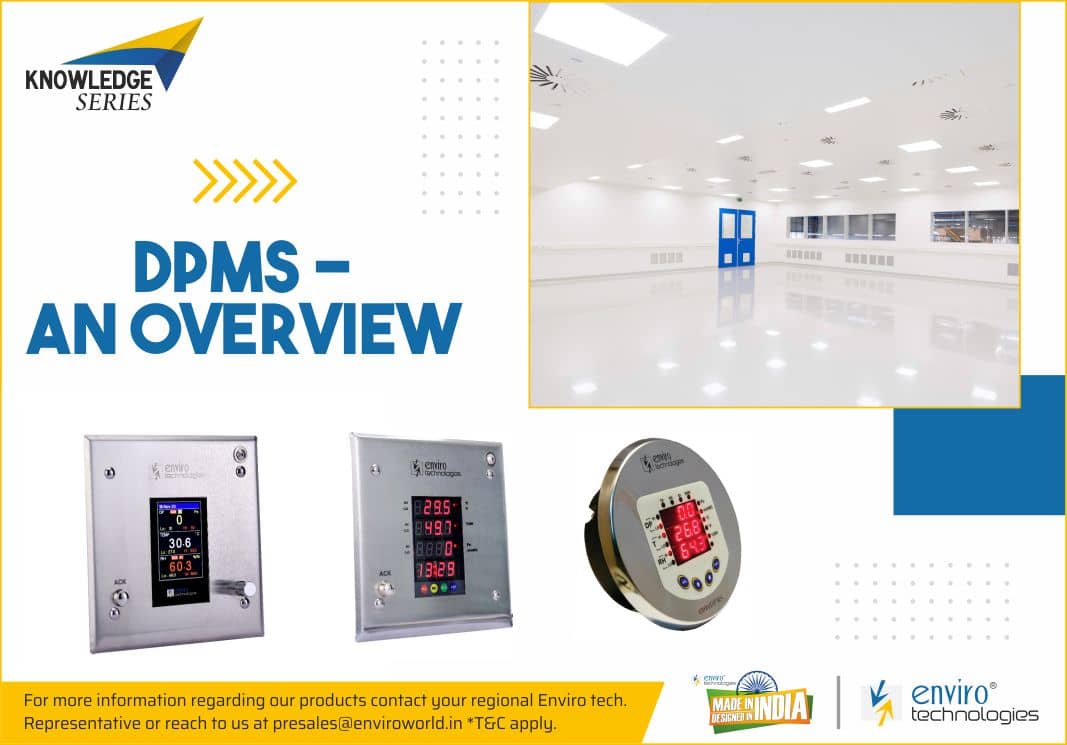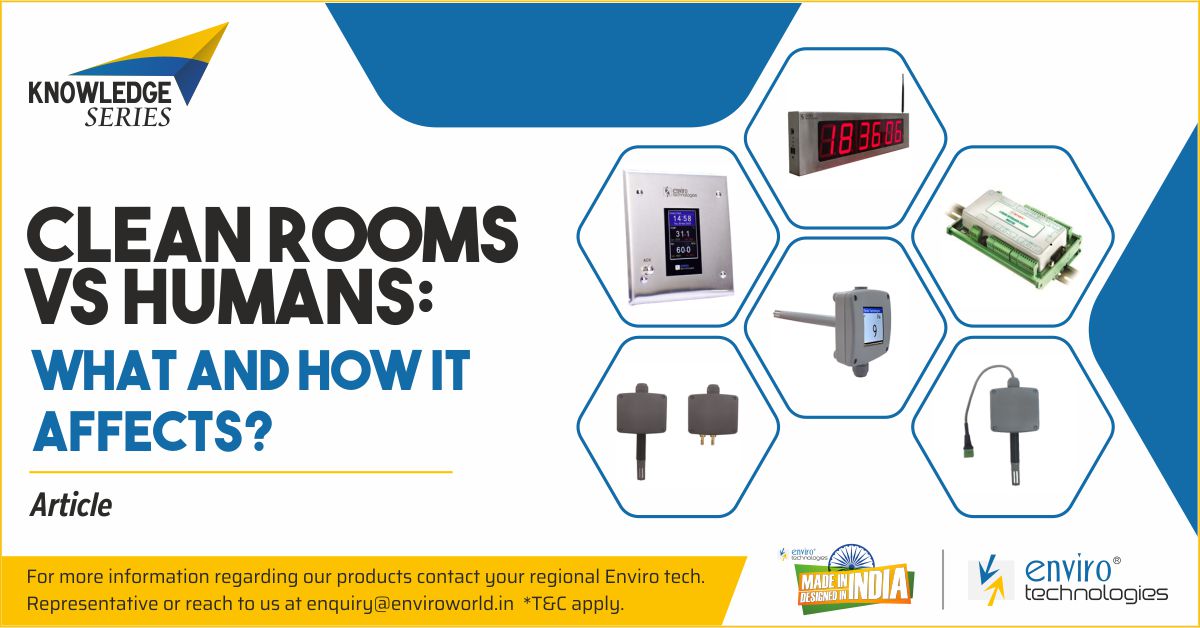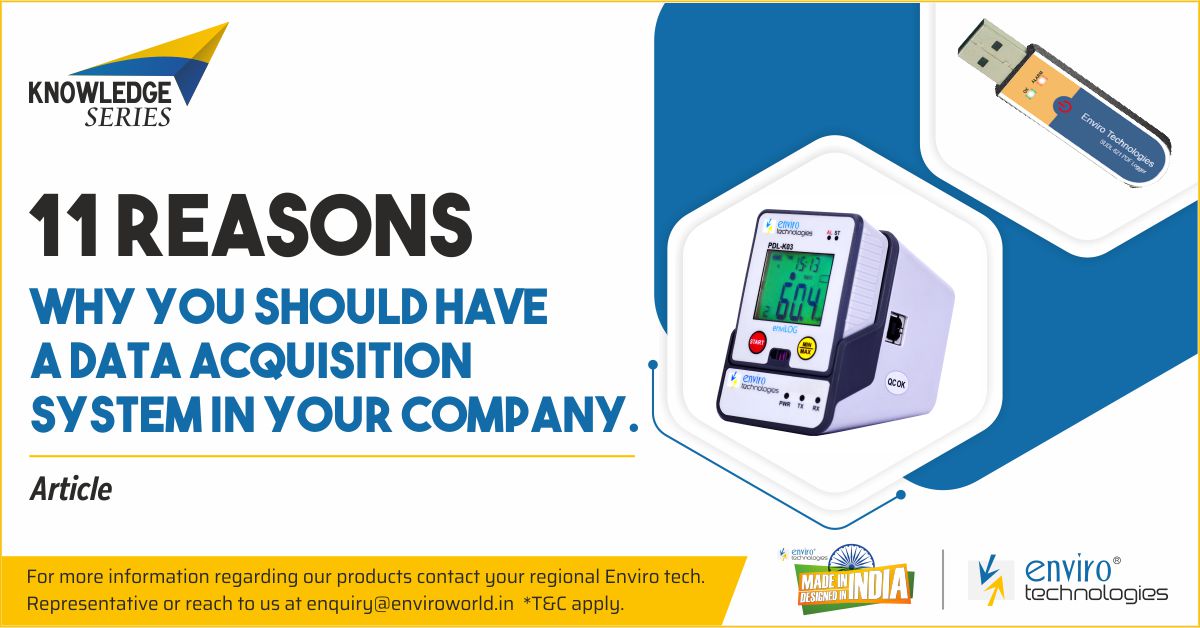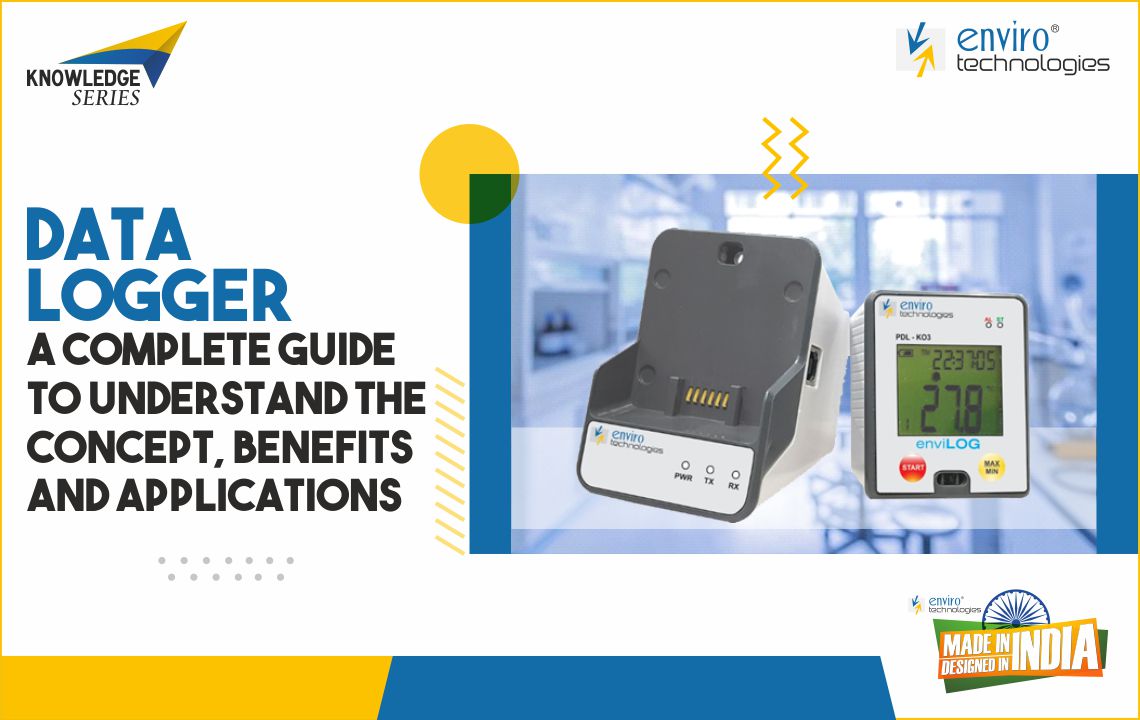Differential pressure is monitored and measured in situations where even minor pressure differences can have a significant impact. As a result, its applications range from clean rooms, operating theatres, and laboratories to research, technology, and the heating, ventilation, and air-conditioning (HVAC) industry.
Clean rooms are used in the pharmaceutical and medical industries to ensure an environment free of bacteria, viruses, and other pathogens. Temperature and humidity can also be controlled and monitored.
Cleanrooms are designed to keep particulates like dust and airborne organisms at extremely low levels. They usually have a cleanliness level that is quantified by the number of particles per cubic meter at a predetermined molecule measure. Room pressurization (or depressurization) is a technique used in clean spaces to create the desired flow patterns from less clean rooms to cleaner rooms while minimizing airborne particle contamination. The airflow patterns are created mechanically by creating air pressure differences between rooms, causing intentional air movement through room leakage openings.
A Differential Pressure Monitoring System (DPMS) is a microcontroller-based electronic system specifically designed to measure differential pressure between two areas while also measuring temperature and humidity as required by the user. The device measures differential pressure, which is measured by an in-built sensor and temperature and humidity. External sensors for humidity and temperature can be connected.
What are the benefits of the Differential Pressure Monitoring System (DPMS)?
Here are some of the advantages of DPMS:
- With DPMS, a single central location is used for monitoring, even if there are hundreds of such Clean Rooms in a single plant.
- It can monitor 24x7 in real-time.
- It records readings at predetermined intervals or events at any time in a tamper-proof manner.
- In the event of a deviation from the parameters' set limits, it raises several equipment-specific alarms:
- A pop-up on the central administrator's monitor
- A text message and an email to the officials involved
- A hooter in the corridor
- As a result, the necessary corrective action can be taken right away, before any collateral damage occurs.
- If and when they want, the designated officials at the HO can access the monitoring being done in any of the plants across India for a real-time audit.
- The system generates feature-rich MIS reports in a tamper-proof way in PDF format, in accordance with the US FDA's 21 CFR requirements, ensuring accuracy and data integrity.
Design of DPMS - Differential Pressure Monitoring System device
With the enviroDPMS and its Enviro Multiple Clean Rooms Monitoring Software, it is now possible to simultaneously and accurately monitor the Differential Pressure, Temperature, and RH in multiple clean rooms in the Pharma plant, while maintaining Data Integrity regarding the logging of these parameters.
The DPMS device includes three 4digit 7segment displays that show all of the device's parameter data and process value and are easily visible from a long distance. The device displays the pressure, temperature, and humidity process values on the first, second, and third rows. Indicating LEDs are used to indicate Channel number, Parameter Unit, Alarm, Sign, Memory full, and Tx/Rx, which is important while monitoring and troubleshooting. The DPMS device includes a programmable buzzer for any alarm and memory limit violation. 4 keys for configuring user-defined device parameters. The device's memory can hold all of its data, which can be letter downloaded from PC software at any moment. The device also contains a provision for an external parallel display device that may be mounted separately from the primary device for monitoring purposes.
The DPMS Device is often constructed with standard circular mounting dimensions, allowing it to replace existing mechanical dial gauges on the job site.
DPMS applications are in the:-
- Pharmaceutical industry
- Room Monitoring System for HVAC
- Clean Room Mapping
DPMS Display Modes
In DPMS, the following display modes are available:
- Display Mode for Channels.
- Display Mode for User Menus.
- Display Mode for Special Key Functions.
Display mode specifications:
- Channel Display Mode:
- When the channel is in an alert mode in this mode, the channel reading blinks.
- If used, acknowledge the alarm status by pressing the key.
- Display Mode for the User Menu
- This mode is available after Admin DPMS login or Calibration.
- The user can enable/disable various functionalities by navigating through various user menus.
- Display Mode for Special Key Functions.
- Access to Special Key Functionality is only available in Channel Display mode.
- Special Key Functions are:
-
Channel minimum and maximum value display
- By pressing the Decrement key for more than 3 seconds, the channel's minimum value is displayed. In this scenario, the visible channel's Minimum value is shown.
- By pressing the Increment key for more than 3 seconds, the channel's maximum value is displayed. In this scenario, the visible channel's Minimum value is shown.
- Channel alarm acknowledgmen
- If the ENTER key is held down for more than 3 seconds, the alarm channel is acknowledged.
-
Channel minimum and maximum value display
Admin DPMS Login
This function is used to access the various DPMS menus. To access various menus, the user must first log in. A valid Admin User ID and Password issued by the manufacturer are required for admin login.
Typically, the Admin DPMS login ID is 10 and the password is 1.
Some important aspects of DPMS to note are as follows:
- Real-time monitoring - 24 hours a day, seven days a week - from a single location
- Logs data at SET intervals or events at any time in a tamper-proof way
- Cleanroom door open/close duly noted with any changes in Diff.
- Feature-rich and tamper-proof MIS reports at such times are connected for audits
Things to Consider Before Installing DPMS
- All wires connecting to DPMS must lie independently; they should not be mixed up with high voltage & high current cables (such as motor, compressor, contactor, heater, etc.) while installing the DPMS system.
- Sensor cables should be properly insulated to avoid noise interruption.
- For PC communication, an RS-485 converter and cable are used.
- RS-485 cable specifications: 14/36; 22AWG; 2 core shielded twisted cable.
- PT100 sensor Cable length: MAX 100m.
- Maximum cable length for a 0 to 1V humidity sensor is 3 meters (keep as short as possible.)
- Maximum cable length for a 0 to 3.3V humidity sensor is 3 meters (keep as short as possible for more accuracy in reading.)
- Maximum sensor cable length: 70 meters for 4 to 20mA sensors (keep as short as possible.)




















